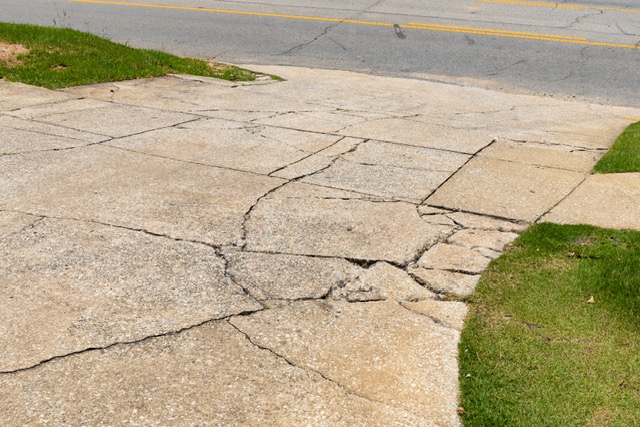Concrete cracks—it’s a natural occurrence! If your contractor claims otherwise, they may not have sufficient expertise. Various factors contribute to concrete cracking, such as changes in temperature, moisture levels, and settling. That’s why skilled concrete finishers include expansion joints in decorative concrete applications. These joints help accommodate the inevitable movement of concrete, reducing the risk of unsightly crack
Expansion joints should be strategically installed to minimize concrete cracking. These joints, typically placed at intervals, allow for natural expansion and contraction of concrete due to temperature and moisture changes. They are commonly used in large concrete slabs like driveways and patios to prevent unsightly cracks from forming.
Another effective method to reduce cracks is by incorporating rebar or wire mesh designed for concrete. While these reinforcements provide tensile strength and help hold the concrete together, they do not guarantee crack prevention. Despite their use, concrete may still crack due to various factors such as settlement, shrinkage, or external loads.
Adding fiber, including glass fibers, to concrete mixtures can also help minimize cracks. Glass fiber, known for its high tensile strength and durability, reinforces the concrete matrix, reducing the likelihood of cracking.
However, it’s essential to note that even with these additives, concrete may still develop cracks. The best approach to minimize cracking is to combine multiple strategies. Utilizing a combination of rebar, fiber, and careful consideration of environmental conditions—such as pouring concrete on days with temperatures below 95 degrees Fahrenheit—can significantly reduce crack formation.
In my experience, applying a multi-faceted approach is crucial. There’s no single solution to completely eliminate cracks, but by implementing a comprehensive strategy, you can minimize the risk and achieve the best results.
Land X Landscape services Rancho Cucamonga, Ontario, Claremont, eastvale, Chino and surrounding cities

